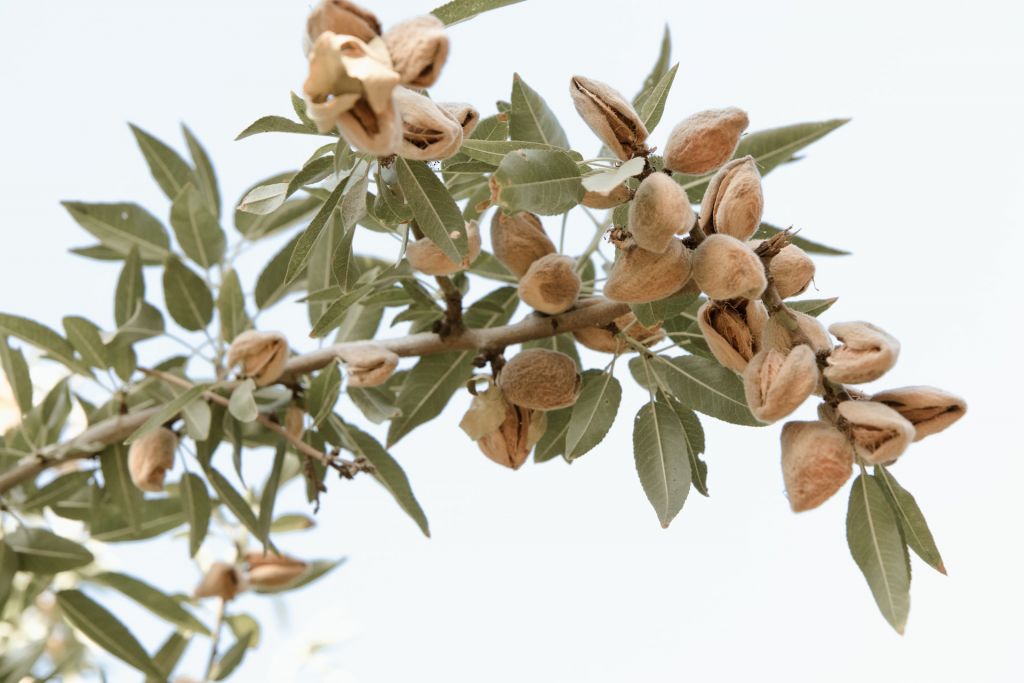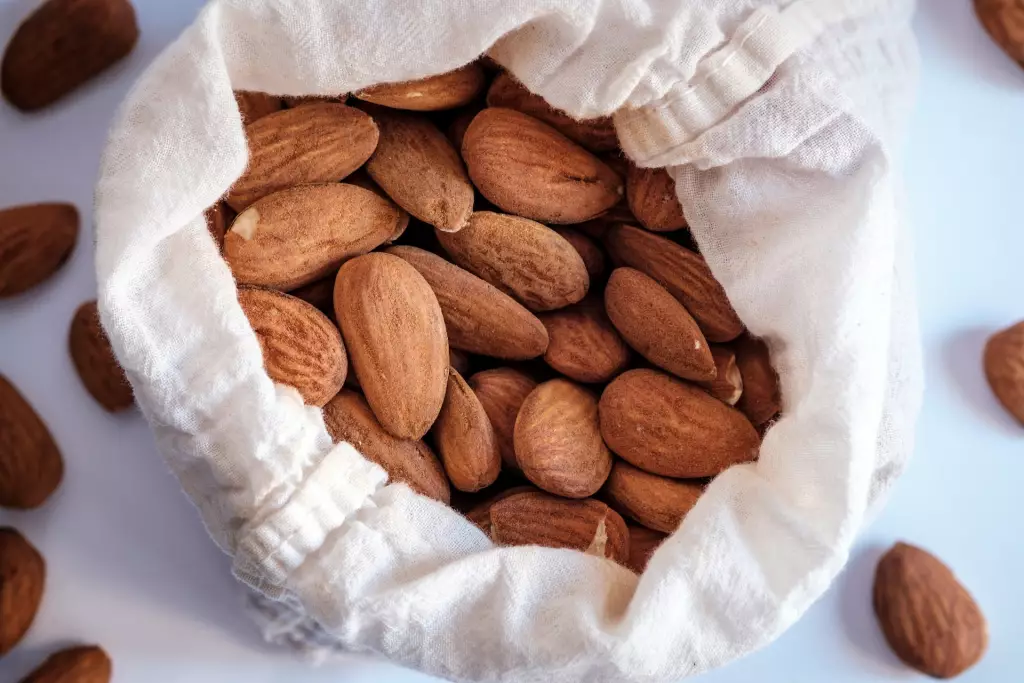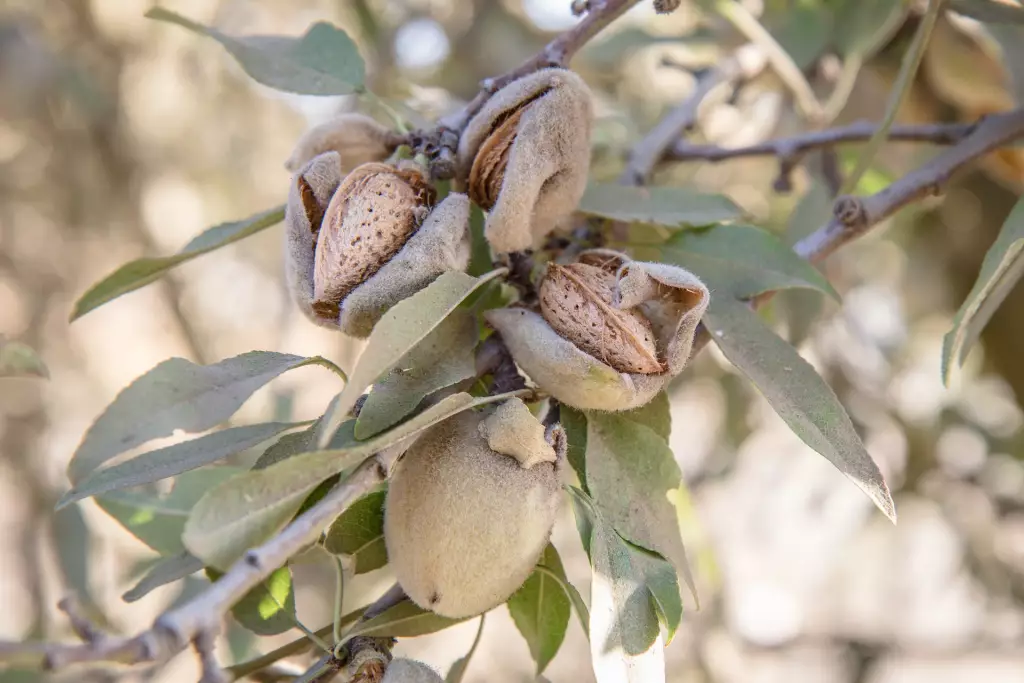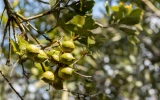Is Almond Farming Profitable? (Full 2024 Breakdown)
Almond prices have seen fluctuations since 2016, but they have generally garnered positive net returns for most growers. To optimize your almond farm's profitability, we'll talk about how to focus on maximizing yields and minimizing production costs.
Almond farming can be profitable, but it requires significant upfront costs and land. Yields depend on variety, soil quality, and water availability. With good management, almond orchards typically break even within 5–7 years and can generate $10,000–$15,000 per acre annually in later years.
The total cost per acre, including production expenses, has increased from around $3,890 in 2016 to approximately $4,000 per acre in recent years. You can expect growing costs per acre to range from around $1,960 to $2,845.
Summary
- Your almond farm may take several years to reach the break-even point, primarily due to the fact that almond trees typically take 4–5 years to reach full production.
- Yield and profit depend on the almond variety planted, soil quality, and available irrigation water. Productive orchards average 2,000–3,000 pounds of nuts per acre.
- Risks include weather issues like frost, pests, and fluctuations in market prices that can impact profits from year to year.

On this page:
Almond Farming Can Be Profitable
When projecting your income from an almond farm, consider factors like the size of your orchard, the age of your trees, and the local almond market's demand. As your trees mature and yields increase, you can expect your income to rise as well. However, bear in mind that market conditions and weather patterns can significantly impact your revenues, so it's essential to be prepared for variability.
| Yield estimate | 200,000 to 300,000 lbs |
|---|---|
| Average price | $4/lb |
| Revenue | $800,000 to $1,200,000 |
| Estimated costs | $190,000 to $275,000 |
| Estimated net profit | $610,000 to $925,000 |
The profit potential per acre of an almond farm is $12,000 to $20,000.
A mature, well-managed 100-acre almond orchard can be expected to yield around 2,000 to 3,000 pounds of almonds per acre annually. This would equate to a total annual yield of 200,000 to 300,000 pounds for a 100-acre farm.
With good management and market conditions, the estimated net annual profit range for a 100-acre almond farm is between $610,000 to $925,000, before taxes. The export market provides opportunity for premium pricing and steady demand.
This can vary greatly due to factors such as soil type, irrigation, tree spacing, and weather conditions. To maximize your profits, focus on optimizing your almond orchard's layout and management practices. Utilize crop management techniques that improve tree health and yield, such as pruning, irrigation scheduling, and proper fertilization. Higher yields typically translate to higher profits, so it's well worth your time and effort to optimize your orchard.

Market demand and prices
The average market price for almonds ranges from $3 to $5 per pound, depending on the variety and quality. Prices have generally trended upwards in recent years due to increasing global demand. For estimating profits, an average price of $4 per pound can be used.
Almonds are a highly nutritious and versatile nut, making them popular in many countries. As a grower, you should keep an eye on global demand and market trends, as they directly affect the prices you can get for your almonds. Market fluctuations play a significant role in your profits, so it's essential to stay informed and adjust your strategies accordingly.
Break-even point analysis
This is the point at which your income from the almond farm equals your total expenses. To calculate your break-even point, you need to consider all of your expenses, including:
- Initial orchard establishment costs, such as land acquisition, tree planting, and infrastructure development
- Cultural costs, such as irrigation, fertilization, and pest management
- Harvest and post-harvest costs, such as labor, transportation, and storage
- Overhead costs, such as taxes, insurance, and loan interest
Once you have determined your total expenses, you can calculate your break-even point by dividing these costs by your anticipated revenue per pound of almonds. It may take several years for your almond farm to reach the break-even point. This is primarily due to the fact that almond trees typically take 4–5 years to reach full production.

Let's assume:
Total annual fixed costs (seed, labor, machinery, irrigation, pest management): $250,000
Variable costs per pound: $1
Selling price per pound: $4
To calculate the break-even point in pounds:
Total fixed costs: $250,000
Variable cost per pound: $1
Selling price per pound: $4
Break-even point formula:
Fixed costs / (Selling Price - Variable Cost per unit)
Plugging in the numbers:
Fixed costs: $250,000
Selling Price - Variable Cost per pound: $4 - $1 = $3
Break-even point in pounds = $250,000 / $3 per pound
Break-even point in pounds = 83,333 pounds
To calculate the break-even point in acres:
Average yield per acre is 2,500 pounds
Break-even point in pounds is 83,333 pounds
Break-even point in acres = Break-even pounds / Average yield per acre
83,333 pounds / 2,500 pounds per acre = 33 acres
Therefore, the break-even point for this 100-acre almond farm in terms of production would be 83,333 pounds or about 33 acres worth of almonds. The farm would need to produce at least this amount to cover all its fixed and variable costs.

Almond Farming Cost Analysis
In this section, we will discuss initial setup expenses and recurrent outlays involved in almond farming.
Initial almond farm setup costs
| Initial Orchard Establishment Costs | Estimated Costs |
|---|---|
| Land | $10,000-$20,000 per acre |
| Tree planting | $1,000-$2,000 per acre |
| Infrastructure (fencing, irrigation, buildings) | $5,000-$10,000 per acre |
Before you start your almond farming journey, there are some initial costs you need to account for:
- Land acquisition: Depending on your location, the price of land suitable for almond farming can vary. Take the time to research and negotiate a reasonable price for your desired plot.
| Cultural Costs | Estimated Costs |
|---|---|
| Irrigation (pumps, well, lines) | $15,000-$25,000 annually |
| Fertilizers | $300-$500 per acre annually |
| Pest management (sprays, bait) | $200-$400 per acre annually |
| Pruning/thinning | $100-$200 per acre annually |
- Irrigation systems: Proper watering is essential to your almond orchard's success. Installing an efficient and effective irrigation system is a significant upfront expense, but a necessary one.
- Soil preparation: Ensuring your soil is suitable for almond growth is of utmost importance. This process includes soil testing, amendments, and proper fertilization, which may incur additional expenses.
- Almond trees: You will need to purchase almond saplings or grafted trees from a reliable nursery for planting in your orchard. The cost of these trees can vary depending on the variety and quantity you require.

Recurrent expenses
| Harvest and Post-Harvest Costs | Estimated Costs |
|---|---|
| Harvest labor | $500-$1,000 per acre |
| Transportation to processor | $50-$100 per acre |
| Storage and processing | $150-$300 per acre |
After establishing your orchard, there will be several ongoing expenses to manage throughout the almond farming lifecycle:
- Labor: To maintain a productive orchard, you will need to hire skilled labor to assist in various tasks, such as pruning, irrigation management, and harvesting.
- Fertilizers and pesticides: As an almond farmer, you'll need to ensure proper nutrition for your trees and protection against pests and diseases. This means regular application of fertilizers and pesticides, which can be a significant recurring cost.
- Water: Almond trees require a fair amount of water, which may result in rising expenses depending on your irrigation system and water source.
| Overhead Costs | Estimated Costs |
|---|---|
| Property taxes | 1-2% of land value annually |
| Farm insurance | 1-2% of total assets annually |
| Loan interest | 3-5% annually on establishment loans |
- Insurance: Don’t forget to consider the insurance costs to protect your almond farming investment from unforeseen events such as natural disasters or financial struggles.

Minimizing Costs and Maximizing Profits
Organic farming
Switching to organic farming can enhance your almond farm's sustainability and profitability. Organic practices prioritize soil health, promote biodiversity, and use natural pest control methods. By avoiding synthetic fertilizers and pesticides, you can also reduce your input costs. As a bonus, organic almonds often fetch a higher market price, increasing your potential profits.
Efficient irrigation techniques
Water management is a crucial aspect of almond farming. Adopting efficient irrigation techniques can significantly lower your water usage and reduce costs. For example, consider using drip irrigation systems or microsprinklers that deliver water directly to the roots. Additionally, monitor soil moisture levels to determine the optimal watering schedule for your almond trees. This way, you ensure that your trees get the right amount of water, leading to healthier growth and improved yields.
Almonds are actually the easiest crop to grow in the West Coast region.
Smart pest management
Effective pest and disease management can help protect your investment, leading to healthier trees and higher-quality almonds. Pest infestations can severely impact your almond farm's productivity and profitability. To minimize losses, implement smart pest management strategies.
Integrated pest management (IPM) strategies can significantly reduce crop losses and ensure a more profitable operation. They combine various tools to prevent and control pest populations while minimizing the use of chemical pesticides. Some IPM techniques you can apply on your almond farm are:
- Monitoring and scouting for pests on a regular basis.
- Using pheromone traps to monitor pest populations and disrupt their mating process.
- Encouraging natural predators like birds and insects by providing habitat for them.
- Applying biopesticides, which are derived from natural sources and are less toxic to non-target organisms.



